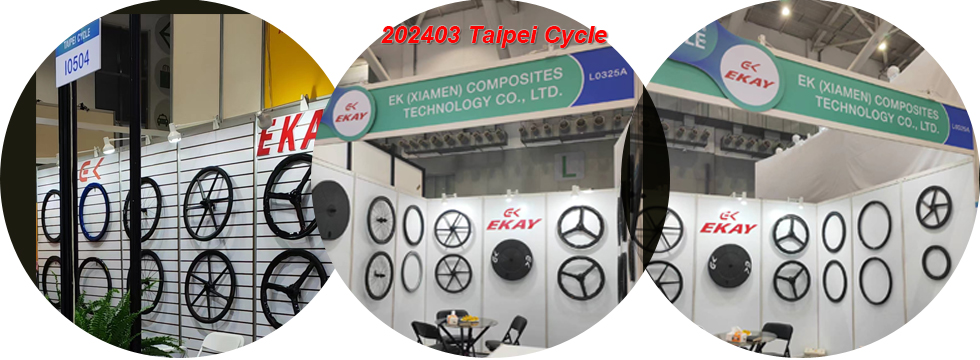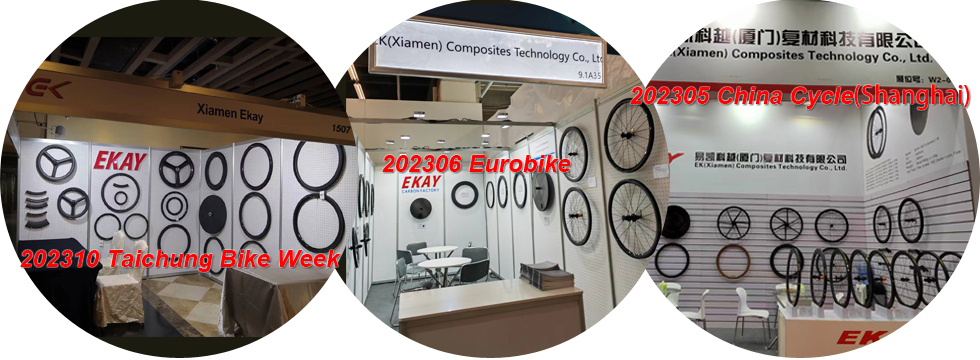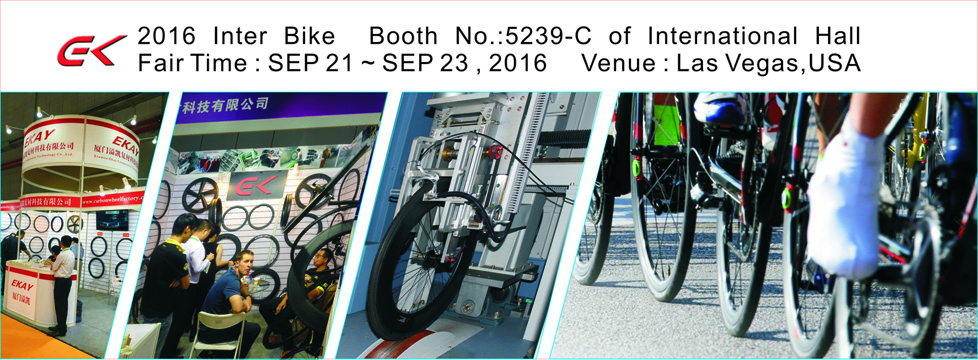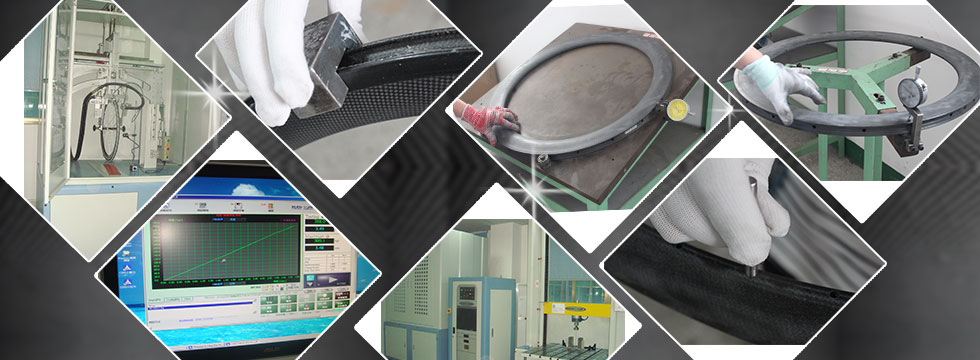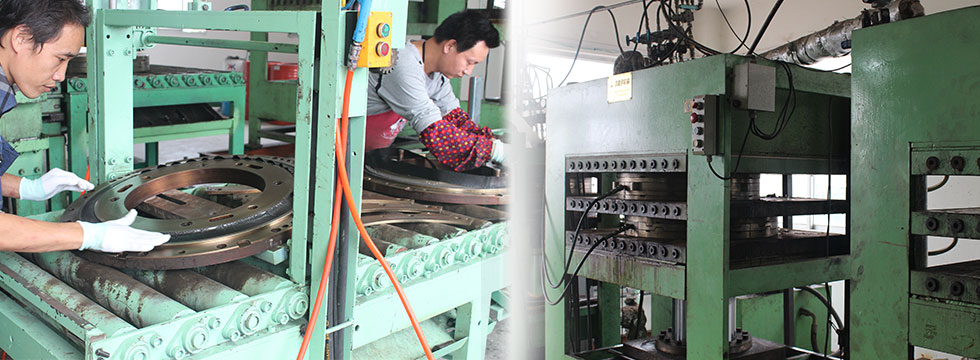- Tel: +86-592-7162735
- Mobile: Abby(Sales03):+86-13779960061;Audrey:+86-13799736862
- E-mail: sales03@xmekay.com
- E-mail: audrey@xmekay.com
- Add: Fuming Road 190, Tong`an District ,Xiamen City ,China
- Skype: xmekay01
- QQ: Whatsapp: audreylian6862
- Province/State: Xiamen

Why Go Wide Carbon Rims?
2016-04-06
First we had wide handlebars and now we have wider carbon rims - is everything better when it's wider? Not really, but there are some convincing arguments for wider carbon fiber rims that go beyond the hype and into that rarified zone where truth and facts hide out. These are lifted from RC's great piece from 2011 that made a case for wider carbon rims, a spiel that some in the industry seemed to agree with.? Traction - a wider carbon road rim and carbon MTB rim puts more of the tread in contact with the ground in a straight line and while cornering because the tread deflects less dramatically under lateral loads and remains more parallel to the carbon rim.
Weight - consider the tire and carbon wheel as an integrated unit. The tire weighs much more than the carbon rim, so a wider carbon rim, though slightly heavier, adds volume to the tire without adding additional rubber and tire casing. This could be especially beneficial to carbon 29er mtb rims and carbon 29er carbon wheel because the big carbon wheel
already spins way too much rubber.
Stability and Reliability - wider carbon rims add a significant amount of lateral support to a tire - especially large-volume tires like the 2.35 and 2.4'' rubber that has become regular fare for trail and all-mountain riders. A tire casing could be made lighter weight and boosting the tire’s lateral stability should eliminate burping. This last point is arguably the most beneficial, as RC goes on to say:
Turns out there may be another culprit to blame for the thorn in the side of tubeless. All pneumatic tires flex from side to side under lateral load shifts – it’s in their nature. One reason that wider carbon rims give tires more lateral support is that a wider carbon rim ensures that the tire’s contact point hovers between the carbon rim flanges. It is possible for a tire’s contact point to migrate outside the rim flanges and in such case, the line of force between the tire and rim would go over-center. In the
same way that a quick-release lever generates an exponential amount of clamping force when it goes over-center as it is closed, once the tire’s contact patch moves outside of the width of the carbon rim flanges, the tire’s ability to support the rider is significantly reduced, while the leverage it imparts to lift the opposite side bead from the carbon rim would substantially increase. This effect would explain thefeeling of a tubeless tire burping – the tire suddenly collapsing under the weight of the rider or the G-force of a turn and then losing pressure. Of course, a narrow tire could not flex far enough to allow the contact patch to get near the danger zone, but a big, flexible 2.35-inch tire on a 22-millimeter (OD) cross-country rim certainly could.
At 20 degrees of imaginary lateral distortion, the wide carbon rim tire's contact point is just nearing the danger zone over the rim flange (B), but it can still support a load.
The narrow rim's tire has flexed to the point where the contact patch is over center (B) and the bending forces are creating tension across the tire casing which pulls on the opposite bead, drawing it up and away from the rim flange (D). The seal has been broken and air may be already leaking.
Previous :What's the carbon fiber bike wheels value?
Next :Value of carbon wheels






